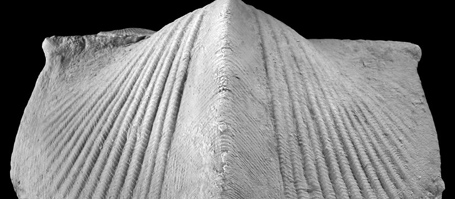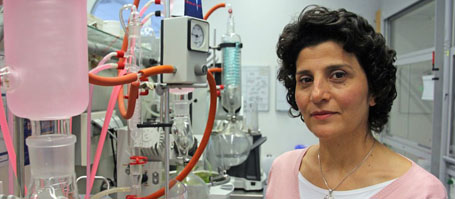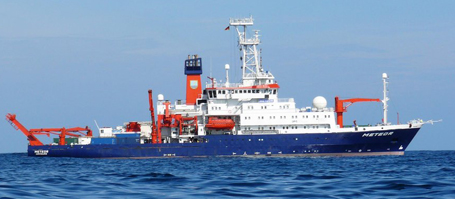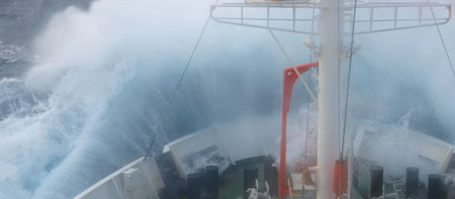All life on earth has been close to extinction – and that at least five times in the last 500 million years. The oceans played a key role in most cases of environmental change which led to the respective mass mortality. How did the sea, which has been seen as life-giving, at times become life-threatening? And why did some species survive despite the changes? These are fundamental questions which will be investigated with innovative technologies and methodologies in the framework of the European research project BASE-LINE Earth during the next three years. Apart from finding solutions to scientific problems, BASe-Line Earth will serve to educate talented young scientists, who are recruited with the help of an ambitious selection procedure and can do their PhD in the framework of the project. The EU is funding the project, which is coordinated at the GEOMAR Helmholtz Centre For Ocean Research Kiel, in the framework of a Marie Skłodowska-Curie measure in the HORIZON2020-program with 3.8 million Euros in total.
The challenge for the future BASE-LINE Earth doctoral candidates lies in the task of getting information from remote epochs of the earth’s history. “If historians want to get insights into what happened 100 or 200 years ago they visit libraries or archives, in which written evidence of these times can be found”, says project coordinator Prof. Anton Eisenhauer from GEOMAR. “We also use archives. But they look somewhat different. We look at calcite shells of fossil brachiopods, for example, in which the chemical history of ocean water is reliably stored”, the geochemist from Kiel continues.
Of course, the information is not available in written form in the calcite shells, but encoded in the chemical and mineralogical composition. “If we can measure the relation of elements like strontium, magnesium, boron or their isotopes to each other, we can decode the information,” says Professor Eisenhauer. From this the age of the shell, as well as the chemical composition of the past ocean and the prevailing environmental conditions, such as water temperature and acidity of the water can be reconstructed. We already know, for example, that during the biggest mass mortality 251 years ago the ocean did not contain oxygen and was acidified in large parts. “This is similar to some of the scenarios that we expect for the future of our ocean,” Professor Eisenhauer elaborates. Model calculations, which are done in the framework of the project, shall show to which extent the earlier environmental changes can be compared to the present.
The challenge hereby is to gain information and to make it available for use. That is why in the framework of BASE-LINE Earth, in cooperation with industrial partners, the most modern analytical methods for obtaining information are being generated and developed jointly with commercial partners from this area.
In total 21 scientific institutions from eight European countries, as well as partners from Canada, Israel, Palestine and Australia are involved in the project. In spring, the project will invite tenders for 15 doctoral positions, among them two at GEOMAR in Kiel. The Integrated School of Ocean Sciences (ISOS) at Kiel University offers a comprehensive education program in which scholarship-holders can not only pursue their scientific objectives but also develop further job qualifying skills and exchange experiences.
Apart from this, in the coming years the participants want to make the information about the topic available to the broader public with the help of exhibitions and school materials. “Of course, we will integrate doctoral candidates into the process who, in this way will, also learn how to communicate their work in a comprehensible way,” underlines the project coordinator. Further information can be found on the project website.
www.baseline-earth.eu.
Contact:
Jan Steffen (GEOMAR, communication & media), Tel.: 0431 600-2811
presse@geomar.de
…



